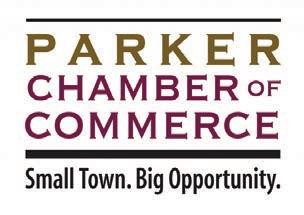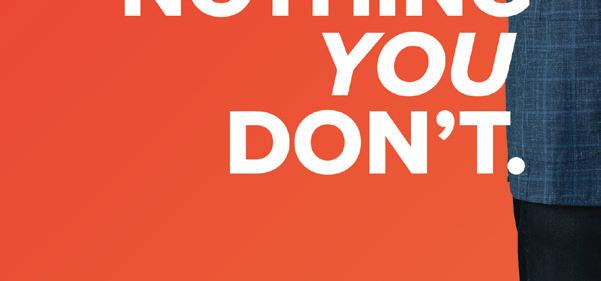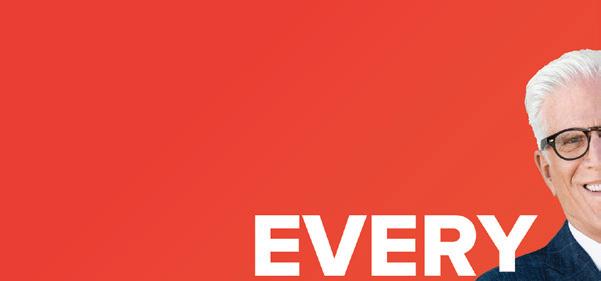
4 minute read
Colorado o ers Zearn digital math learning




to pay for licenses for the digital program and to pay for printed materials for schools that adopt Zearn’s math curriculum Training also will be available to teachers in how to use the new platform.
BY ERICA MELTZER CHALKBEAT
Colorado is making the digital learning program Zearn Math available for free to schools statewide as part of a broader e ort to address gaps in math learning that widened during the pandemic.

Gov. Jared Polis has set aside up to $6 million in pandemic relief money
Math scores on state and national standardized tests declined during the pandemic, with sharper drops in math than in reading and writing. Both educators and policymakers are focused on how to help students gain skills they missed out on during three disrupted years.
Last month, Polis and lawmakers unveiled a bipartisan $25 million proposal to o er widespread after- school tutoring in math, expand teacher training, and encourage districts to adopt high-quality curriculum. In addition, the initiative included plans for the state to pay for licenses for a digital math accelerator and make them available at no cost to schools statewide. e state did not request proposals, instead choosing Zearn based on studies and reviews and purchasing it from a software reseller at a set price.
Polis announced this week that Colorado has selected Zearn Math as the state’s online math program.


“We are taking an all-hands-ondeck approach to boost student math achievement and make sure Colorado kids have the support and practice they need to excel in math,” Polis said in a press release. “ is new access saves school districts and families money and is part of our ongoing work to provide highquality education for every Colorado student.”
Polis spokeswoman Melissa Dworkin said the governor’s team considered several programs and chose Zearn Math based on studies provided by the company that showed students who used Zearn regularly made substantially more progress than those who didn’t.
30456 Bryant Drive
303.674.4803
Open Monday – Friday 8am – 5 pm. Closed Weekends.
Educators who study math instruction and ways students learn through gaming and online platforms said Zearn has positive elements but cautioned that teachers need training and time to learn how to use it well. It shouldn’t be used as a substitute for in-person instruction by well-trained teachers, they said, and teachers need to make sure students are engaged and supported in their learning. sity of Colorado Boulder who also heads a research consortium on math instruction, said Zearn seems to have good content and be based on solid ideas around math instruction. He worries, though, about relying too much on digital platforms, when it was the lack of interaction with teachers and peers that contributed to learning gaps during online and hybrid school.
Started by New York teachers and backed by the Bill & Melinda Gates Foundation, the program is used widely in states like Tennessee and Texas. Many New York City schools also use Zearn Math. e program is intended to be used in conjunction with in-person, whole class instruction. ( e Gates Foundation is a funder of Chalkbeat.)
Mary Pittman, president of the Colorado Council of Teachers of Mathematics, said she feels “hopeful excitement” about the plan.
“It is new for Colorado to have access to a program like this across the board,” she said.
She described the platform as offering exible, high-quality materials built around Common Core State Standards, which are the basis for Colorado’s academic standards. She said Zearn was originally used most often for intervention with students who were far behind in math, but that it also o ers a well-regarded comprehensive core curriculum, data that can inform teachers’ daily instruction, as well as lessons that can be used during tutoring or at home.



“To see it resolved through digital platforms, it rubs me a little bit the wrong way,” he said. “I understand the desire to get back on track and come up with personalized interventions. But to say we’re going to have you spend more time on technology, I think we need a more holistic x.”



A 2019 Johns Hopkins study found students in some subgroups using
Zearn made statistically signi cant progress but overall results were less signi cant. Students in schools that used Zearn for more hours a week generally saw more improvement than those that used it for fewer hours. Teachers in the study generally liked the program and felt it supported student learning. Even so, many teachers reported the format of Zearn —which requires students to work independently and to read, listen, and type responses —made it hard for some students to use.
Meanwhile, students who used Zearn in the study were less likely to express con dence in their math skills compared with students at schools that didn’t use Zearn. A potential explanation, the study authors wrote, was that students may have found the Zearn material “more challenging than previously experienced, which may have affected their feelings toward mathematics in general.”
Webb said these types of ndings underscore the importance of coupling digital platforms with instruction from teachers and opportunities for students to work through math problems with their peers. It’s also critical for teachers to get training — something that has become much more challenging as teachers lose their planning periods to cover for colleagues or can’t go to conferences due to substitute shortages, Webb said.
Arturo Cortez, an assistant professor of learning sciences and human development and director of e Learning To Transform (LiTT) Video Gaming Lab at the University of Colorado, said the teachers he works with who already use Zearn love it because it helps them see quickly which students got the lesson and which need more help.
Zearn also has the potential to bridge divides between the home and the classroom and help parents better support their children’s learn- ing, Cortez said.

He cautioned, though, that teachers need opportunities to learn how to use the program, play with it, and think through how it can help their students —not just a perfunctory session to get familiar with the interface. It’s also important to see how —and whether —students engage with the tool.

“With a lot of digital tools, we sit kids in front of them and don’t spend time with them while they are using them,” he said. “What makes them engaging? What makes kids have that commitment? And how do we create environments like that in the classroom?”
Colorado schools can sign up for Zearn Math for the 2023-24 school year.
Chalkbeat Senior Reporter Ann Schimke contributed reporting.
Chalkbeat is a nonpro t news site covering educational change in public schools.











